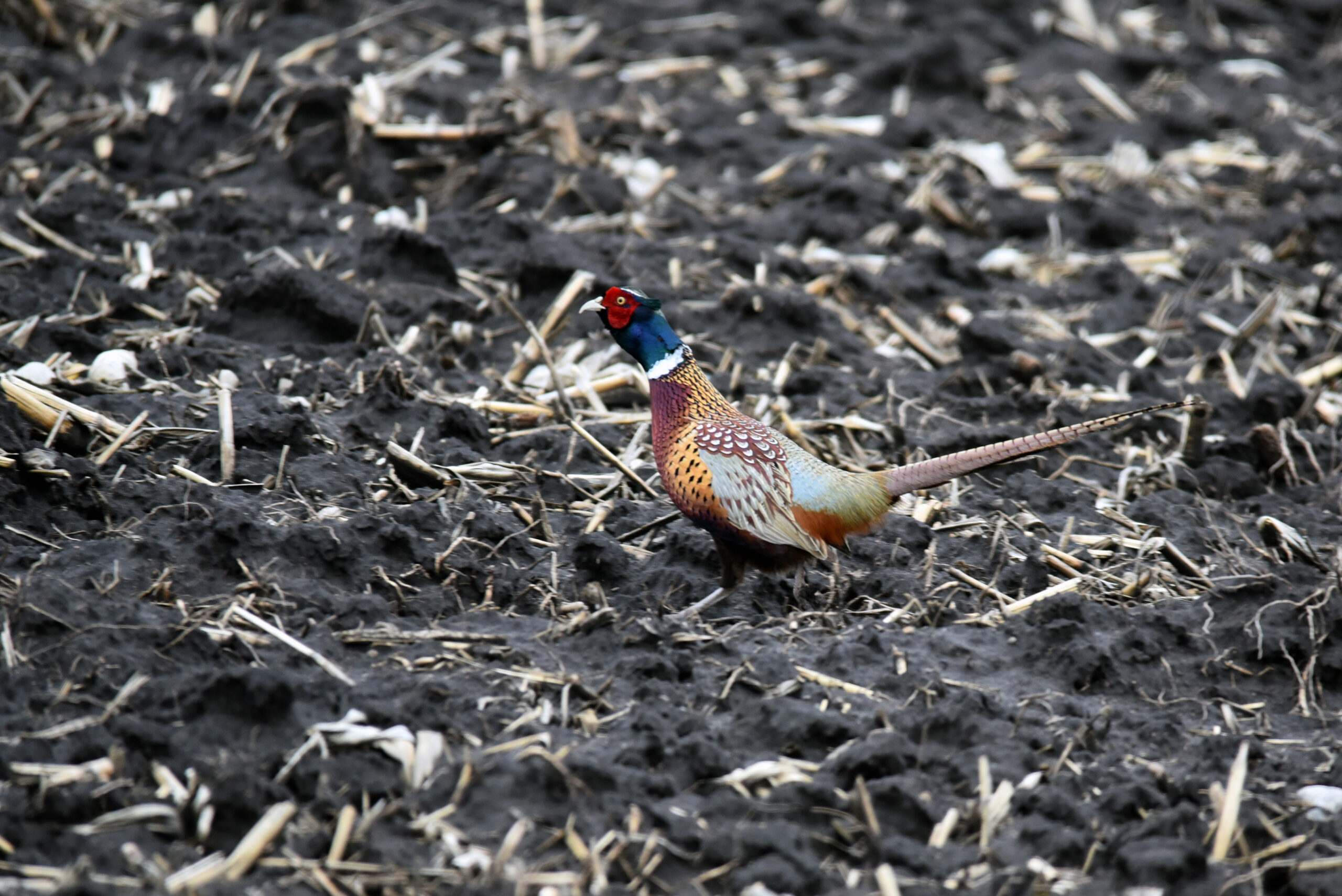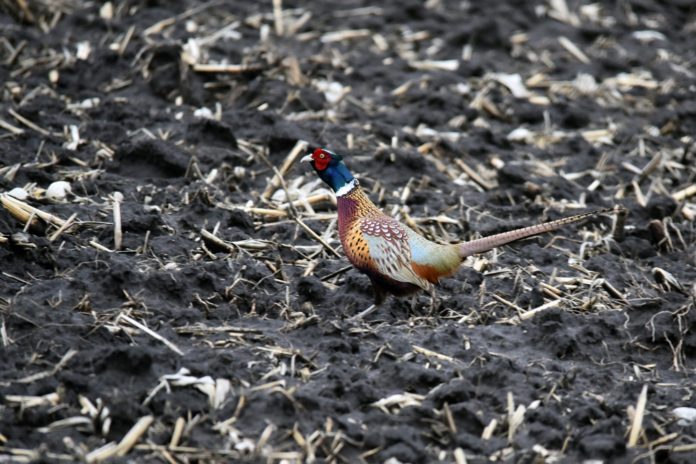
The Wyoming Game and Fish Department killed 1,200 pheasants recently to prevent the spread of the deadly avian flu. The deaths occurred at the WGFD’s Sheridan bird farm.
The avian flu is a national outbreak at this point, with several types of birds contracting the infection. The flu has been found in pheasants, turkeys, and hawks, Sara DiRienzo told Cowboy State Daily. Smaller birds, like songbirds, seem not to contract it. At the farm, it was turkeys that first concerned wildlife managers.
“We found three wild turkeys dead near the Sheridan bird farm that were really concerning to us, because they could have exposed the entire (farm) population,” she said. “We raise tens of thousands of pheasants for stocking for hunting every year, so we felt like we needed to reduce the risk to the overall bird farm.”
The department euthanized the birds closest to where the dead turkeys were found. Many of the 1,200 birds that were killed already laid eggs.
Between the Sheridan and Downar farms, WGFD produce more than 30,000 pheasants to help stock for hunting season. The Downar farm has not had an outbreak of avian flu. DiRienzo said the department is diligent about protecting the birds on the farm. “This was pretty close and could have a significant effect, so we had to swiftly reduce that risk.”
While the state agency feels it does a good job of protecting the birds on these farms from disease, others—like animal rights organizations—disagree.
“Any time you have an unnatural concentration of animals in one place, disease concerns abound,” said Wyoming Wildlife Advocates executive director Kristin Combs.
The 2021 Wyoming pheasant hunting forecast put out by Pheasants Forever, noted that wild pheasant populations should be close to previous years. It hasn’t released its 2022 forecasts for any state yet.
In the 2021 forecast, Wyoming Game and Fish wildlife biologist, Martin Hicks, said weather impacted some of the population and CRP land, which is a major driver of pheasant population, wasn’t as good as it was in the past.
“CRP was in decent condition,” says Hicks. “However, it’s still decadent, monocultures so it’s not the quality it was back in the 1990s, but it at least grew this summer.”
Read Next: Will Russia’s Invasion of Ukraine Mean Fewer Pheasants This Fall?
Recently public relations manager for Pheasants Forever Jared Wiklund told Outdoor Life that he isn’t concerned about CRP land status on a national level.
“Pheasants grow best in 20 to 40-acre plots,” says Wiklund. “They don’t need a lot, just a little opportunity, and CRP really provides that. It’s exactly what CRP delivers.”
The post Wyoming Game and Fish Kills 1,200 Pheasants to Prevent an Avian Flu Outbreak appeared first on Outdoor Life.


